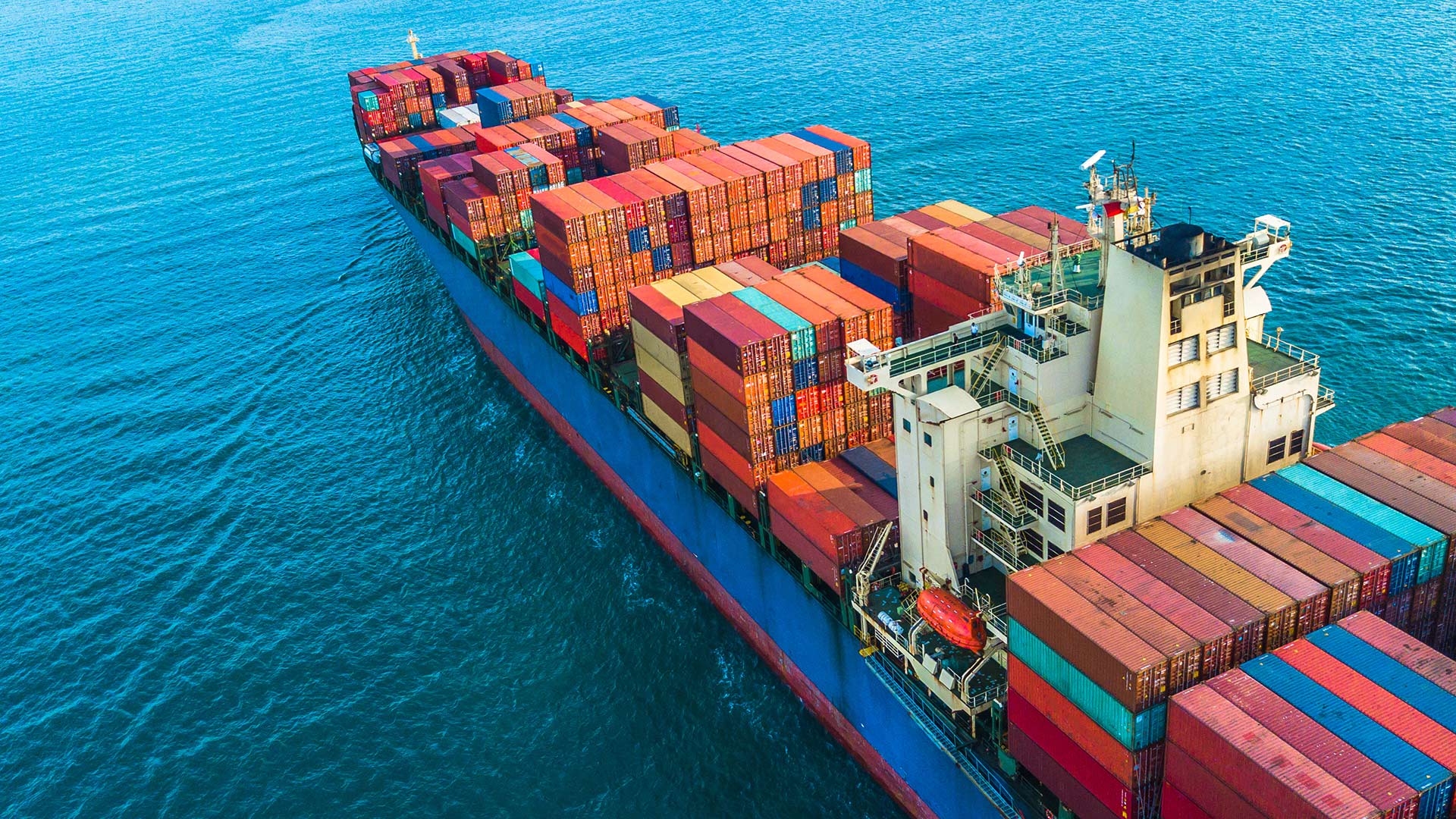Publication

US restricts exports of certain foreign direct products of US technology to Huawei; extends Huawei temporary general license
Author:
United States | Publication | May 18, 2020
The United States Department of Commerce, Bureau of Industry and Security (BIS) issued an interim final rule on May 15, 2020, that, effective immediately, but subject to certain grace periods, "narrowly and strategically targets Huawei's acquisition of semiconductors that are the direct product of certain US software and technology." BIS also contemporaneously issued a final rule extending the existing temporary general license authorizing certain transactions necessary to maintain existing Huawei equipment and networks from May 15, 2020, to August 13, 2020.
The interim final rule seeks to, absent a license from BIS, prevent companies from supplying Huawei with certain foreign manufactured items that are produced utilizing US-origin manufacturing or testing equipment or that are based on Huawei designs that are, themselves, a product of US-origin software and technology. Such restrictions are achieved by amending the foreign-produced direct product rule, also known as General Prohibition 3 (15 C.F.R. § 736.2(b)(3)), to prohibit, absent a license from BIS, the export, re-export, or transfer of certain foreign-produced items, when there is knowledge that such items are destined to an entity on the Entity List that is subject to the new restrictions. Entities subject to the new restrictions are identified by a newly created "footnote 1" designation on the Entity List. At present, it appears that only Huawei and its affiliates are subject to the new restrictions.
Foreign produced items that are subject to the new restrictions include:
- Direct product of US-origin technology or software: Items (including semiconductor designs) produced or developed by Huawei or its designated affiliates on the Entity List (e.g. HiSilicon), that are the direct product of certain US-origin software and technology that are classified in Categories 3, 4, or 5 of the Commerce Control List ("CCL"); and
- Direct product of a US-origin plant or major component of a plant: Items (including chipsets) that are a direct product of design or other software or technology (regardless of origin) produced or developed by Huawei or its affiliates on the Entity List (e.g. HiSilicon), and that are manufactured by a plant or major component of a plant1 (including certain semiconductor manufacturing or testing equipment) that is itself a direct product of US-origin software and technology that are classified in Categories 3, 5, or 5 of the CCL.
BIS provides examples of items that would be subject to these new restrictions in the interim rule. Category (a) above would include, for example, integrated circuit designs that were produced or developed by a designated Huawei entity utilizing US-origin technology or software (including foreign-origin software that contains more than de minimis US-origin content) that is classified in Category 3, 4, or 5 of the CCL. Category (b) above would include, for example, integrated circuits produced by a foreign company in a foundry containing US-origin equipment (or foreign-produced equipment that is itself a direct product of US-origin technology or software specified in Category 3, 4, or 5 of the CCL), where the equipment is essential to the production of the integrated circuit to meet the specifications of a design developed by Huawei or its affiliates (regardless of whether the design itself is subject to the EAR).
Both the category (a) and category (b) restrictions are subject to a savings clause that provides certain grace periods. Items subject to category (a), for example, may proceed to their destination if they were already enroute to their end-destination on or before May 15, 2020. Items subject to category (b) that were in production prior to May 15, 2020, may continue to be exported without a license through September 14, 2020.
As announced by BIS, these new restrictions are primarily targeted at efforts by Huawei to circumvent its earlier addition to the Entity list by utilizing US-origin software and technology to design and develop its own semiconductors and to identify foreign manufacturers that could replace US suppliers. Huawei, for example, has focused on developing the capabilities of its in-house chip production unit, HiSilicon, which is specifically referenced multiple times in the new interim rule. HiSilicon, however, despite Huawei's best efforts, still relies heavily on third party chip manufacturers many of whom utilize US-origin technology, software, or manufacturing equipment.
Foreign suppliers to HiSilicon should, therefore, carefully consider the potential impact of these new restrictions, particularly if their manufacturing facilities rely on US-origin design, manufacturing or testing software or equipment. These new rules make it essential that foreign manufacturers implement technology tracing programs by which they can understand the origins of their manufacturing technology and/or software. Only with this knowledge can such companies be sure of compliance with these rules.
Significantly, however, the new restrictions in category (b) only apply to chips that are designed by Huawei or its affiliates and, therefore, do not prohibit (assuming no other restrictions apply) the export of chips to Huawei or its affiliates that are designed by other companies. The new rule also does not amend, as has been openly considered by BIS in the recent past, the existing de minimis rules that continue to allow foreign companies to sell finished products to Huawei that incorporate less than 25 percent controlled US-origin content.
Interested parties may submit comments to the interim final rule on or before July 14, 2020, through the Federal eRulemaking Portal.
BIS also contemporaneously issued a final rule extending the existing temporary general license (TGL) for certain transactions involving Huawei to August 13, 2020. The TGL, which allows certain transactions necessary to maintain existing products and networks to continue notwithstanding Huawei's addition to the Entity List, has been extended multiple times and, most recently, was set to expire on May 15, 2020. The US Department of Commerce indicated, however, that this is likely to be the final extension.
We will continue to monitor these developments closely and will publish additional updates, as appropriate.
Footnotes
Recent publications
Subscribe and stay up to date with the latest legal news, information and events . . .


